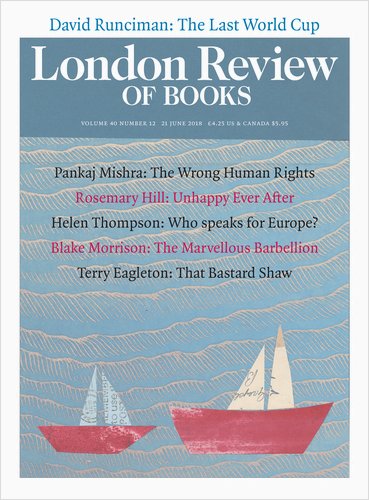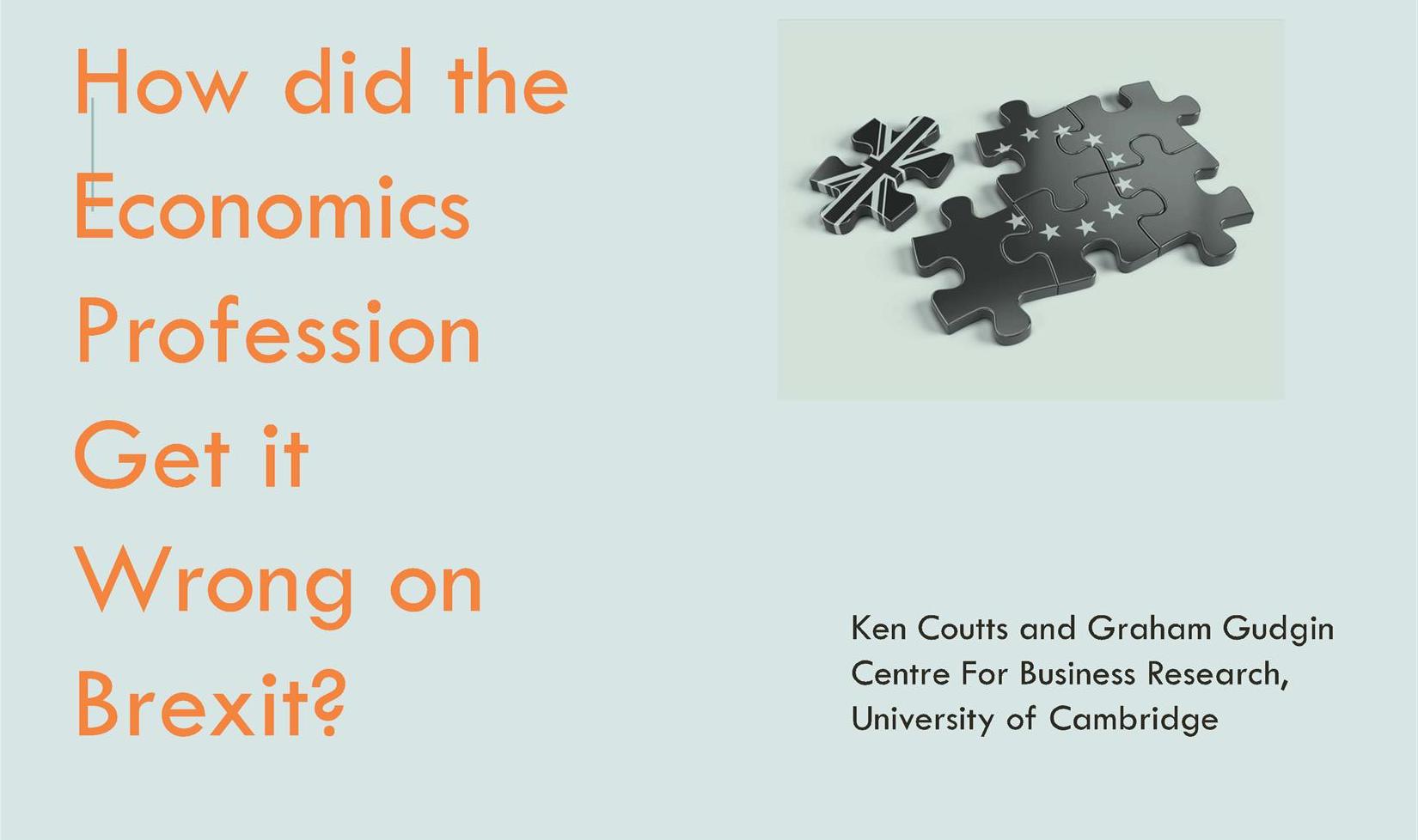Pankaj Mishra – The Mask That It Wears
At London Review Of Books, Pankaj Mishra has an excellent review of two books on politics today and the liberal world order and captures its essence:
The most audacious surfers of the bien pensant tide, however, are wealthy and influential stalwarts of the ‘liberal order,’ whose diagnoses and prescriptions dominate the comment pages of the Financial Times, the New York Times and the Economist. They depict the tyro in the White House as an unprecedented calamity, more so evidently than the economic inequality, deadlocked government, subprime debt, offshored jobs, unrestrained corporate power and compromised legislature that made Trump seem a credible candidate to millions of Americans. Hoping to restore their liberal order, journalists, politicians, former civil servants and politically engaged businessmen jostle on both sides of the Atlantic in an air of revivalist zeal.
…
Moyn’s stern appraisal may not appear new to long-standing critics of Western moral rhetoric in the global South. Anti-colonial leaders and thinkers knew that the global economy forged by Western imperialism had to be radically restructured in order even partially to fulfil the central promise of national self-determination, let alone socialism. Western liberals were widely perceived as ‘false friends’, as Conor Cruise O’Brien reported from Africa in the 1960s, and liberalism itself as an ‘ingratiating moral mask which a toughly acquisitive society wears before the world it robs’.


